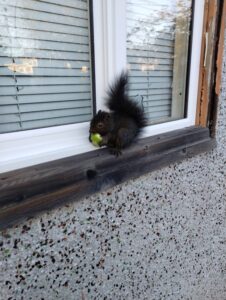What is goodness? How do we balance the good in our lives? How do we feel goodness, see goodness, practice goodness?

Goodness has a broad spectrum. Can we really measure it? What does it mean?
Goodness can be displayed in the simplest of acts. If we pass someone living outside, we can offer some change, a meal, or some genuine conversation. When we go to purchase our coffee or groceries we can make sure to acknowledge the person serving us and show gratitude for them being there. We show goodness when we hold a door for someone or help carry their groceries. When we take the time to listen to someone who needs to talk and give them our full attention, this is an act of goodness.
There are also ways to practice goodness in a broader sense. For instance, there is a drought occurring right now on Vancouver Island. Our water resources are drier than they’ve ever been. Water has always been available to us, so this is hard to even register, yet there are plenty of small things we can do, simple things like turning off the tap water while brushing our teeth, cutting our shower time in half, or giving plants leftover drinking water or dishwater instead of dumping it (they love dishwater). Doing these things regularly will make a difference, if we work together.
So often there’s a line drawn between good and evil, and there’s a belief that the decisions we make in our daily lives are either good or bad. We often jump to the conclusion that when someone makes a bad decision or displays bad behaviour they must be a bad person, when, in reality, most people are not bad, just troubled. We might forget to wonder what could be going on with this person’s life to cause them to act this way.
Using critical thinking and questioning our motives behind the decisions we make: this is where goodness will occur. We must try, as individuals, to practice consistent acts of goodness, even when life hasn’t felt good to us. When this becomes natural, balance in goodness can be found.
